Welcome!


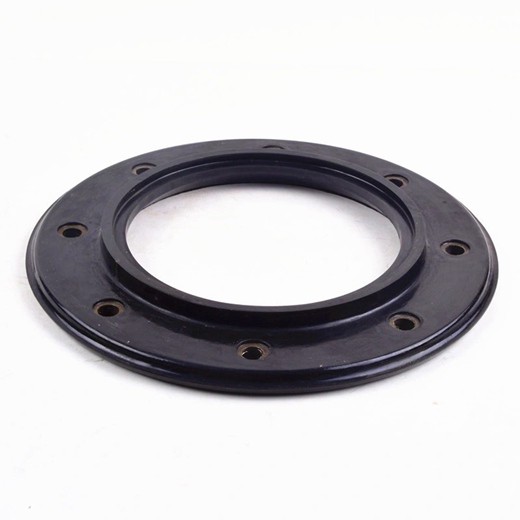

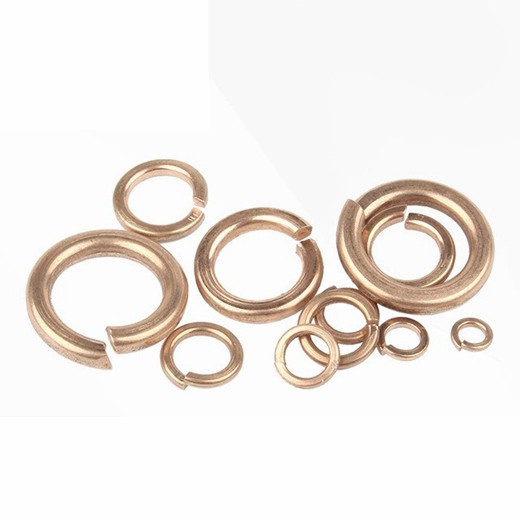


High Quality flat gaskets with 40 Mesh 1/2 3/4 Inch Rubber Gaskets
Product Description
In addition to heat resistance, heat resistant gaskets also need to have other properties, such as good sealing performance, anti-aging performance, corrosion resistance, and appropriate elasticity and hardness. These properties can ensure that the gasket maintains effective sealing at high temperatures, prevent leakage and damage, and improve the safety and reliability of equipment and machinery.

There are various types of rubber gaskets, and suitable gasket types can be selected based on specific applications and working environments. For more information, it is recommended to consult professional books on rubber gaskets or consult experts in related fields.
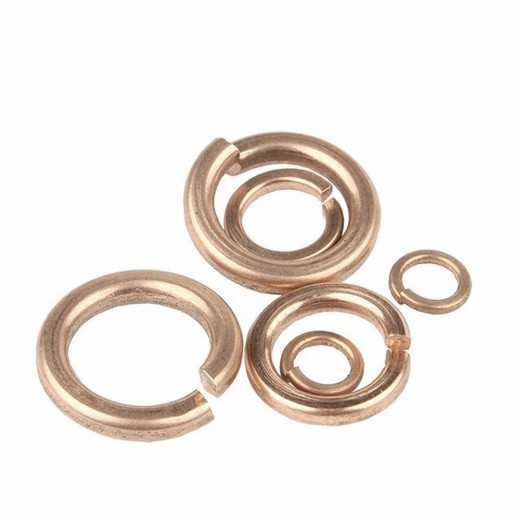
Including PTFE gaskets, asbestos rubber gaskets, metal flat gaskets, metal irregular gaskets, metal sheathed gaskets, waveform gaskets, wound gaskets, etc.
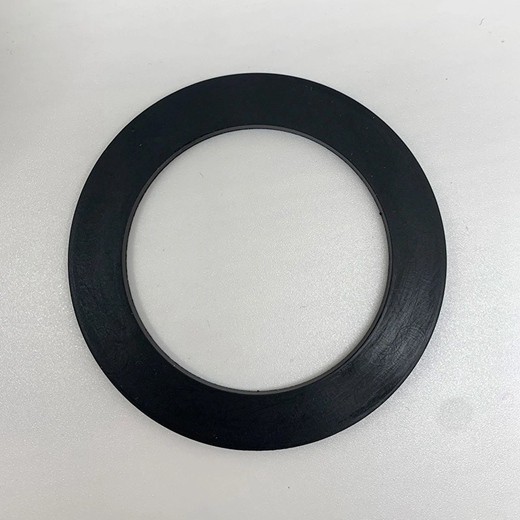
Rubber gaskets have various materials, including common ones such as nitrile rubber, chloroprene rubber, fluororubber, silicone rubber, etc. Different rubber materials have different performance characteristics, and suitable materials can be selected according to specific usage environments. For example, silicone rubber has outstanding high and low temperature resistance, maintains good elasticity in the temperature range of -70 ℃ to+260 ℃, is resistant to ozone and weather aging, and is suitable as a sealing gasket in thermal machinery.
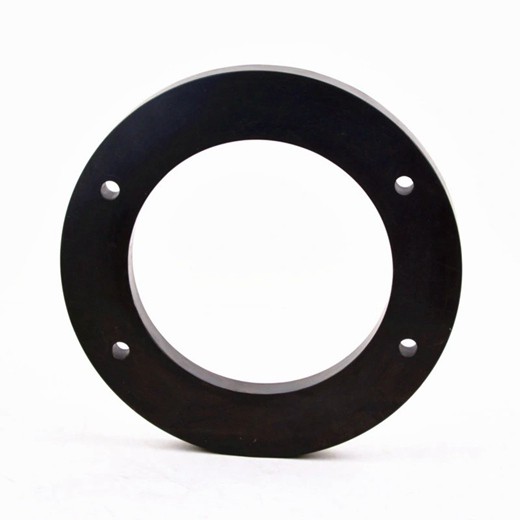
Rubber gasket is a thin sheet made of rubber, commonly used for waterproofing, sound insulation, shock resistance, and other aspects. It can form a seal between mechanical devices and equipment to prevent the leakage of fluids, gases, and impurities, protect equipment, and maintain their normal operation. Rubber gasket has many advantages, such as good temperature resistance, chemical erosion resistance, strong aging resistance, etc.

Recommended Products
Recently Viewed
 CNC Fabrication Parts texas refrigeration gaskets Food-Grade Flat Sealing Rubber Gasket
CNC Fabrication Parts texas refrigeration gaskets Food-Grade Flat Sealing Rubber Gasket High Quality motorcycle gaskets with 40 Mesh 1/2 3/4 Inch Rubber Gaskets
High Quality motorcycle gaskets with 40 Mesh 1/2 3/4 Inch Rubber Gaskets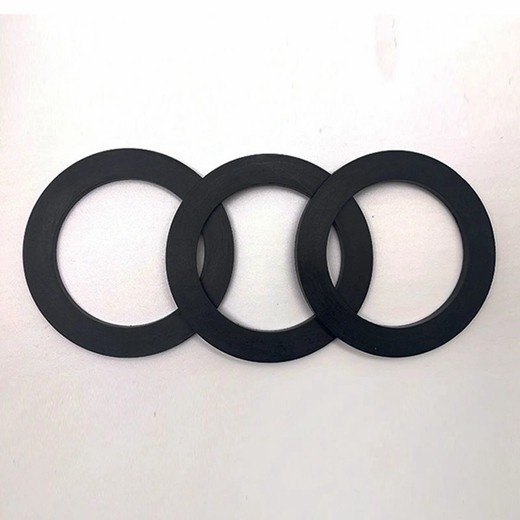 CNC Fabrication Parts lubricate rubber gaskets with 40 Mesh 1/2 3/4 Inch Rubber Gaskets
CNC Fabrication Parts lubricate rubber gaskets with 40 Mesh 1/2 3/4 Inch Rubber Gaskets Customized flexitallic gaskets with 40 Mesh 1/2 3/4 Inch Rubber Gaskets
Customized flexitallic gaskets with 40 Mesh 1/2 3/4 Inch Rubber Gaskets Customized lubricate rubber gaskets Food-Grade Flat Sealing Rubber Gasket
Customized lubricate rubber gaskets Food-Grade Flat Sealing Rubber Gasket
Contact Us
Ningbo Weifeng Fastener Co.,Ltd.
